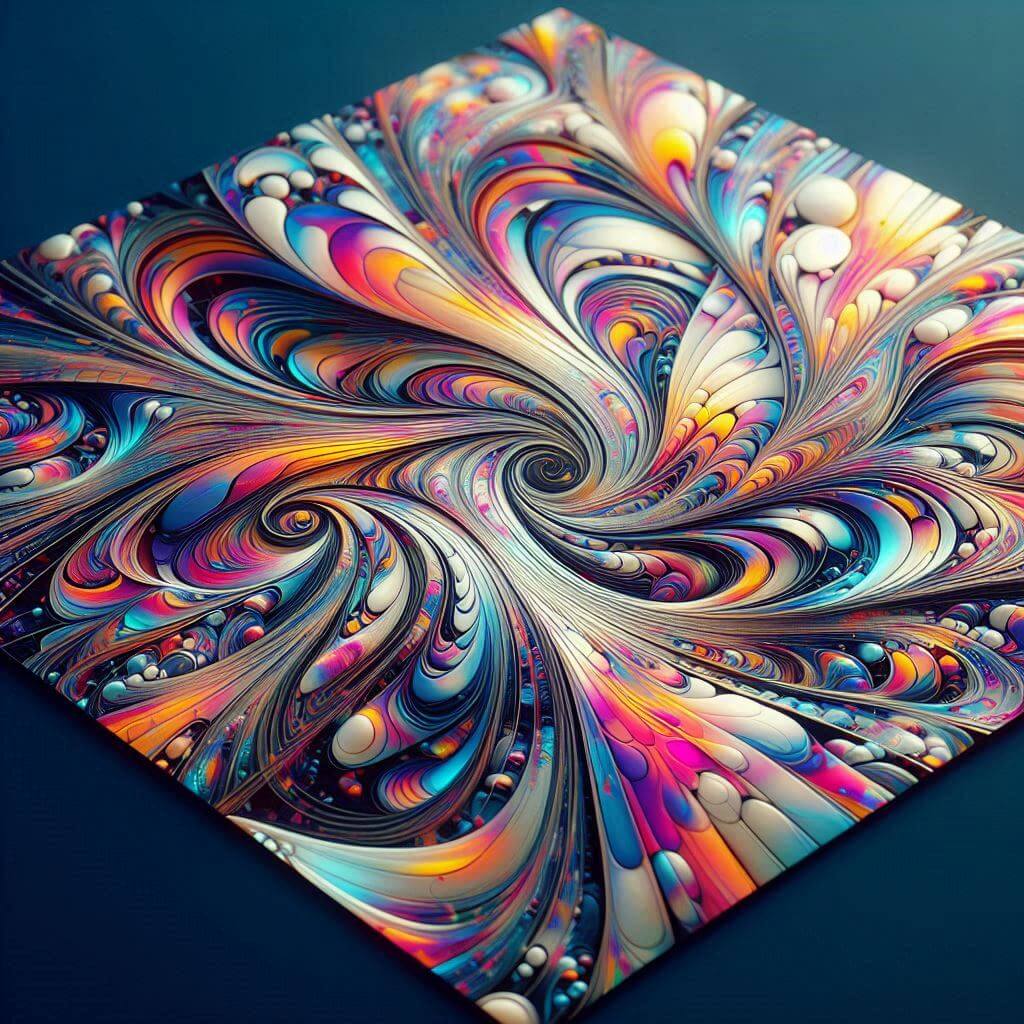Before making a purchase, it is important to understand what liquid crystal paper is and how it works. Liquid crystal paper contains thermochromic liquid crystals that change color in response to temperature fluctuations. These materials use a reversible process where liquid crystals align into different configurations at certain temperatures, resulting in visible color changes. This unique feature makes liquid crystal paper an effective tool for visual demonstrations and applications requiring temperature monitoring.
The choice of liquid crystal paper often depends on factors such as temperature range, response time, color palette, and durability. These attributes can vary between products, so it’s important to match them to your specific needs.
Estimation Of Temperature Range
Understanding and selecting the proper temperature range for liquid crystal paper is essential to its effective use. Liquid crystal sheets are designed to operate within specific temperature ranges, providing accurate readings and reliable color changes only within these specified ranges. When liquid crystal paper operates outside of its specified temperature range, it does not provide accurate readings, making it ineffective for your needs.

Most liquid crystal papers are adapted to certain temperature ranges. For example, some products can operate in the low-temperature range of -10°C to 50°C, making them suitable for cold storage or environmental monitoring. Others can operate in higher temperature ranges, such as 30°C to 90°C, well suited for industrial environments where equipment and machinery generate significant amounts of heat.
When estimating the temperature range, consider the normal operating temperatures for the particular application. For example, in educational settings where demonstrations typically involve room temperature changes or moderate heat variations, liquid crystal paper with a range of 20 °C to 40 °C will usually be sufficient. This range is wide enough to cover room temperature and the slightly elevated temperatures achieved in conventional training experiments.
Industrial applications often require wider or more extreme temperature ranges. If you are monitoring a motor that can range from ambient to high operating temperatures, you may need a liquid crystal paper with a wider range, such as -30°C to 120°C. Making sure the liquid crystal paper can handle these variations will give you more accurate and reliable data for temperature control.
For medical applications, accurate determination of human body temperature within a narrow range of human body temperatures (30 °C to 40 °C) can be critical. Choosing a liquid crystal paper that can accurately differentiate within narrow temperature ranges is critical to diagnostic accuracy.
It’s also important to consider any extreme environmental conditions your application may encounter. In an outdoor environment with possible exposure to both high temperature and cold, choosing a liquid crystal paper that covers a wider range, say -20°C to 60°C, ensures that it remains functional and accurate under a variety of conditions.
Response Time Estimate
The response time is a crucial parameter when choosing liquid crystal paper because it shows how quickly the material reacts to changes in temperature by changing its color. The response time is measured as the length of time it takes for the liquid crystals to reach a new alignment when a temperature shift occurs. In practice, a shorter response time means faster visual feedback, which may be a must for certain applications.
For high-precision industries, such as medical diagnostics, where immediate temperature measurement may be required, liquid crystal paper with a fast response time is critical. For example, in medical thermography, which is used to monitor thermal patterns on a patient’s skin, even small delays can lead to inaccurate diagnosis. Products in this category typically have response times in the range of a few seconds or even fractions of a second to provide timely and accurate temperature measurements.
In industrial environments where monitoring of machines or electronic components is important, the response time of liquid crystal paper must match the rate of temperature change in these environments. For example, when monitoring the temperature of a working circuit board, the liquid crystal paper must respond almost instantaneously to prevent overheating and potential damage. These applications typically require response times of less than a few seconds to accurately capture rapid thermal fluctuations.
Educational purposes may not require an extremely fast response time, but it should still be within a reasonable range to make real-time demonstrations effective. If the teacher demonstrates the principles of thermodynamics using liquid crystal paper, a response time of about 5 to 10 seconds may be sufficient. This allows students to observe the gradual color change, reinforcing their understanding of temperature dynamics.
A slower response time may be acceptable in applications where temperature changes are gradual or where accurate real-time monitoring is not as critical. For example, when used in art installations or other creative projects where the visual effect of the temperature change is more important than instantaneous accuracy, the response time can be anywhere from 10 to 30 seconds.
It is important to note that environmental factors can also affect reaction time. High humidity or exposure to moisture can alter the performance of some liquid crystal papers, potentially slowing their response. Therefore, it is important to consider the operating conditions and choose a product whose response time is optimized for these conditions.
Viewing The Color Palette
The color palette of liquid crystal paper refers to the range and specificity of colors it displays as the temperature changes. A wide palette with clear, easily visible colors can be important for applications where accurate temperature readings are required.
Educational institutions often benefit from liquid crystal paper with bright colors that make learning and understanding easier. For engineering applications where precise thermal monitoring is required, a product with more subtle gradient changes and specific color changes may be more appropriate.
It is important to remember that the accuracy of the temperature measurement can be greatly affected by the viewer’s ability to interpret the colors presented. Choosing a product with a clear and intuitive color palette will help you get accurate and reproducible results.
